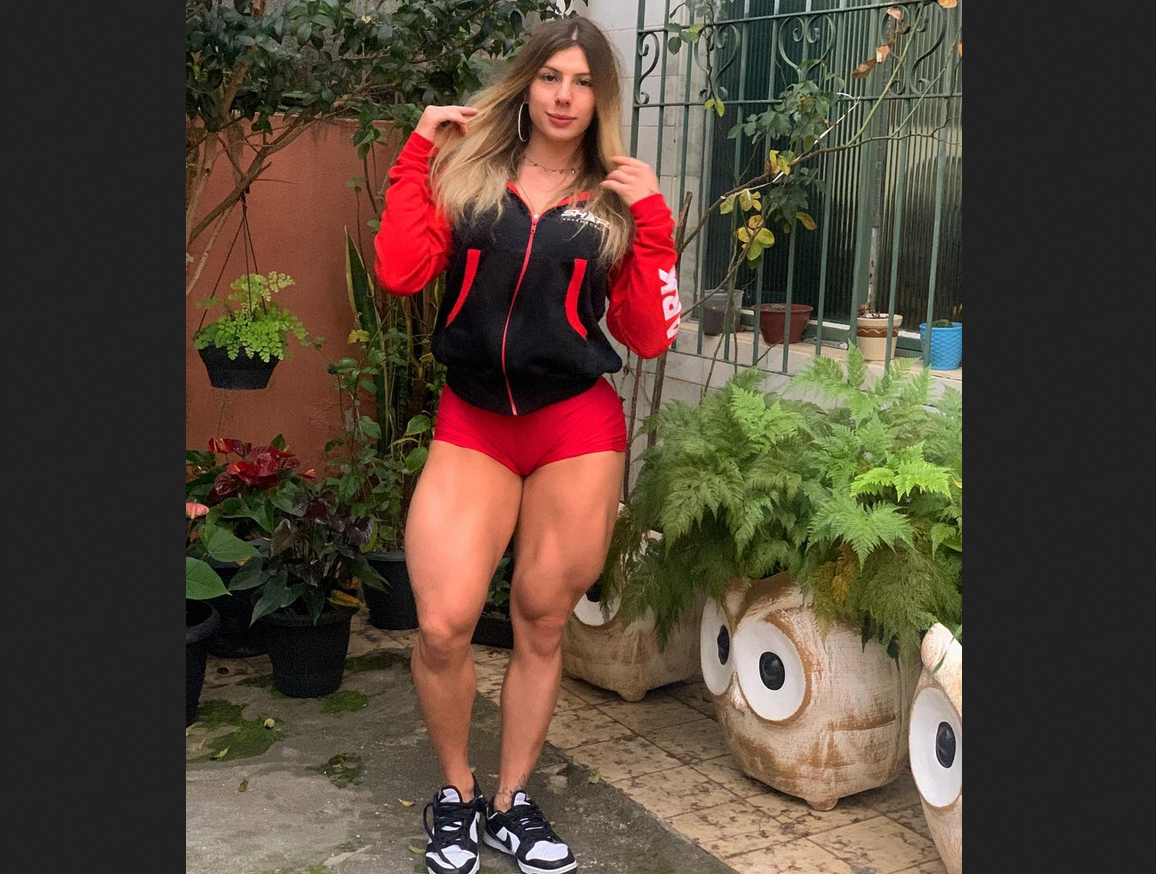It's been two days since your last workout but things aren't the same anymore: you're just not getting sore to the same degree as when you first started exercising. The perceived muscular soreness that you had experienced on a regular basis is now almost non-existent. Only by physically palpating the trained areas is it apparent that your muscles are tender. You're beginning to think that something's wrong with your training routine. What's going on?
Delayed-onset muscle soreness (DOMS) is often misunderstood. Contrary to popular belief, it is totally unrelated to a buildup of lactic acid. Lactate is rapidly cleared from muscles following a workout. Within an hour or two post-exercise, it is either completely oxidized or taken up (via the Cori cycle) and utilized for glycogen resynthesis. Since DOMS doesn't manifest until at least 24-hours after a training session, it therefore follows that lactic acid cannot play a part in its etiology.
Delayed-onset muscle soreness (DOMS) is often misunderstood. Contrary to popular belief, it is totally unrelated to a buildup of lactic acid. Lactate is rapidly cleared from muscles following a workout. Within an hour or two post-exercise, it is either completely oxidized or taken up (via the Cori cycle) and utilized for glycogen resynthesis. Since DOMS doesn't manifest until at least 24-hours after a training session, it therefore follows that lactic acid cannot play a part in its etiology.
The truth is, however, some nutrients do have the potential to make you fatter than others. Dietary fat, for example, is easily converted into stored bodyfat. This has been demonstrated in numerous research studies: given the same caloric intake, eating fat results in a greater deposition of fat into adipocytes than either protein or carbs . All other things being equal, fat begets fat
Although the exact mechanisms are not fully understood, current theory suggests that DOMS is actually a product of damage to muscle tissue. It is fundamentally caused by eccentric exercise, where muscles are lengthening under extreme tension. Here is the proposed model: During eccentric activity, the contractile elements (actin and myosin) of working muscles exert a "braking" action in order to resist the forces of gravity. This produces small microtears in both the contractile elements and surface membrane (sarcolemma) of the associated muscle fibers. These microtears allow calcium to escape from the muscles, disrupting their intracellular balance and causing further injury to the fibers. Various proteins (such as neutrophils and macrophages) then interact with the free nerve endings surrounding the damaged fibers, resulting in localized pain and stiffness.
Although the exact mechanisms are not fully understood, current theory suggests that DOMS is actually a product of damage to muscle tissue. It is fundamentally caused by eccentric exercise, where muscles are lengthening under extreme tension. Here is the proposed model: During eccentric activity, the contractile elements (actin and myosin) of working muscles exert a "braking" action in order to resist the forces of gravity. This produces small microtears in both the contractile elements and surface membrane (sarcolemma) of the associated muscle fibers. These microtears allow calcium to escape from the muscles, disrupting their intracellular balance and causing further injury to the fibers. Various proteins (such as neutrophils and macrophages) then interact with the free nerve endings surrounding the damaged fibers, resulting in localized pain and stiffness.
👉 Understanding Exercise-Induced Muscle Soreness (Part 2)
👉 Understanding Exercise-Induced Muscle Soreness (Part 3)

































No comments:
Post a Comment